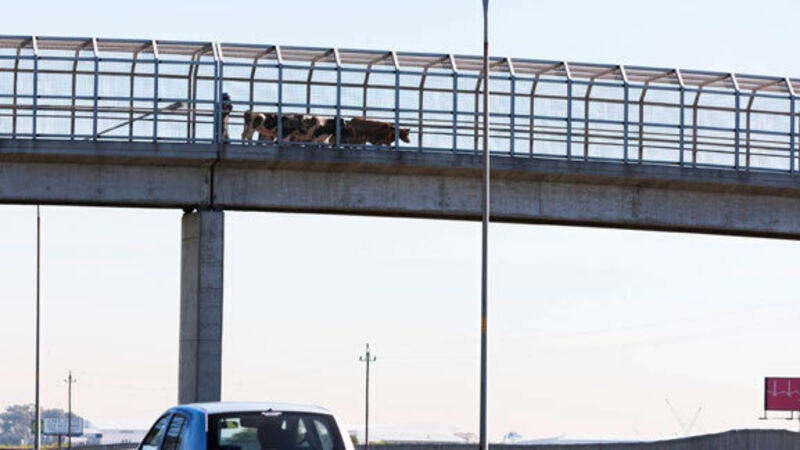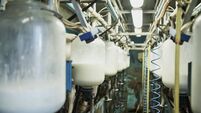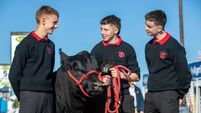Carbon Navigator to be annual task in Beef Data and Genomics Programme

Agriculture accounts for approximately 30% of production of these Irish greenhouse gases, with most of the remainder being contributed by the transport and domestic sectors.
Agricultural emissions are difficult to reduce. Nevertheless, agriculture emissions are in steady decline, and are currently 9% lower than in 1990.













